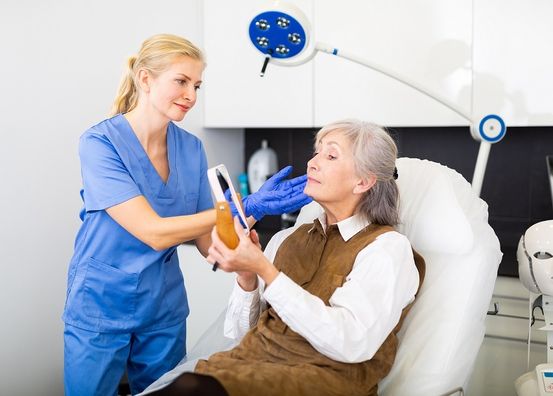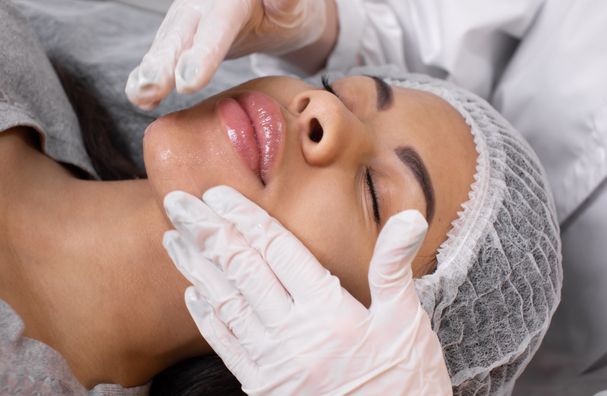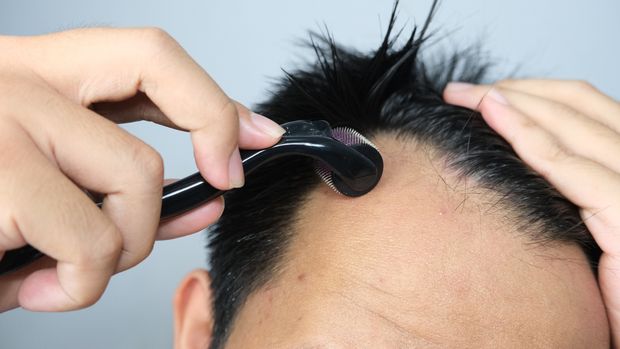Chemical peels are designed to superficially exfoliate your skin, which promotes the reduction of fine lines and wrinkles, minor scars, acne, stretch marks, sun damage and discoloration. It helps our skin look more youthful, pliable, smooth and even. Typically, multiple treatments are required to achieve your desired results.
The fall and winter months are an ideal time for getting a chemical peel. Before undergoing a chemical peel, it is important to understand the do’s and don’ts of preparing your skin and recommendations for after your treatments.
How to prepare your skin before a chemical peel
5 to 7 days before your peel
Discontinue these products and ingredients at least 5 days before your chemical peel:
- Retin‑A, Renova, Tazorac or any other products containing Retinol
- Vitamin A, Salicylic acid, glycolic acid or Benzyl Peroxide
- Any exfoliating or scrubbing products
- No electrolysis, waxing, depilatory creams or laser hair removal
- If you shave, do so 3 days before your peel and wait to shave again until 10 – 12 days after
How to care for your skin after a chemical peel
It is crucial to the health of your skin and the success of your peel to follow these guidelines as much as possible.
- Wear sunscreen with 30 SPF or higher and try to avoid direct sunlight for at least a week
- Avoid picking or pulling the skin that is flaking and peeling
- Use a hydrating moisturizer in the morning and at night
- Use a gentle cleanser that does not contain soap, exfoliating or scrubbing beads
- Do not use a washcloth, scrubbing brush or an electric brush
- Do not have additional in-office treatment to the area treated for at least one week after your chemical peel or until your skin is no longer sensitive
- You may resume the use of Retin‑A, AHA, BHA, prescription topicals, exfoliating products, or bleaching creams 7 — 12 days after your chemical peel
It is possible that adverse side effects may occur. Although rare, the following have been known to occur in some individuals: breakouts or acne, rash, dark spots, itching, swelling, bruising or burning. If any of these reactions occur, contact your esthetician or dermatologist immediately.
Depending on your level of chemical peel, mild to deep, the timeline for recovery will vary. The more educated you are about your skin and chemical peels, the more prepared you will be. Be sure to talk with your esthetician about the strength of your peel and their pre and post-treatment recommendations.
Enjoy our October 2023 special of 15% off any Chemical Peel*! Request a consultation to pick your perfect chemical peel today >
*Discount not to exceed $100. Not valid at all locations. Offer valid 10÷1÷23−10÷31÷23.
Health Topics:







